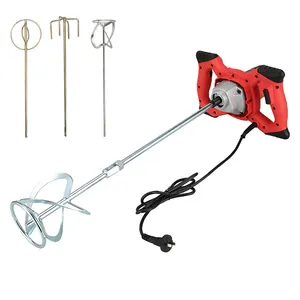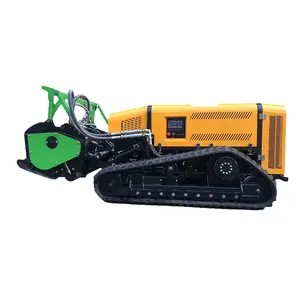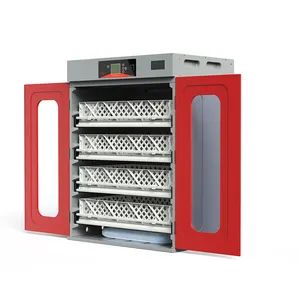Popular in your industry





































































































































































































Top categories
About cutting splines
Cutting splines is a machining process that involves the creation of a series of ridges or teeth on the surface of a cylindrical component, known as a spline cutting tool. These ridges, called splines, are designed to fit into matching grooves in another part, typically a mating shaft, to transmit torque and rotational motion. Splines are integral in providing a strong, accurate, and wear-resistant method of power transmission in various mechanical applications. The process of cutting splines is crucial in manufacturing gears, couplings, and other components where precise and efficient torque transfer is essential.
The process of cutting splines
The process of cutting splines is typically accomplished using specialized cutting tools, such as broaching splines or milling cutters, depending on the complexity of the spline profile. In the case of broaching, a spline broaching tool with multiple cutting edges is pulled or pushed through the workpiece in a linear motion, removing material and forming the spline teeth in a single pass. This method is often used for internal splines or for generating straight splines on the outer surface of the component.
On the other hand, milling cutters, sometimes in combination with indexing or rotary tables, are utilized for cutting external splines or generating more intricate spline profiles, such as involute splines. The process involves rotating the workpiece while the cutter removes material in a specific pattern, creating the desired spline configuration. Machining centers, including CNC (Computer Numerical Control) machines, are commonly employed to ensure precision and repeatability in the spline cutting process.
The applications of cutting splines
Cutting splines are crucial in various industries, including automotive, aerospace, and machinery, where precise and reliable torque transmission is required. In the automotive sector, splined shafts are used in transmissions, steering systems, and drive shafts to ensure efficient power delivery and smooth operation. In the aerospace industry, splines find applications in aircraft engines, landing gear systems, and rotorcraft, where high precision and durability are paramount. Additionally, in the machinery sector, splined connections are utilized in heavy equipment, industrial machinery, and power generation systems to enable the transfer of rotational forces in gears, couplings, and other components.
The advantages of cutting splines
The advantages of cutting splines lie in their ability to provide a strong, precise, and backlash-free method of power transmission, making them preferred in many applications. One of the main advantages is the capability of distributing torque over a larger contact area, reducing stress concentrations and improving the load-carrying capacity of the spline connection. Additionally, splines offer excellent alignment between mating components, ensuring accurate positioning and minimizing the potential for misalignment-induced wear or vibration. The absence of play, or backlash, in well-fitted splined connections is vital for applications requiring precise motion control, such as in machine tools or steering systems. Furthermore, the modular nature of splined connections allows for easy assembly, disassembly, and maintenance, contributing to their versatility and cost-effectiveness in various industries. The ability to transmit torque in high-speed and high-torque applications while maintaining durability and resistance to wear is a testament to the effectiveness and wide acceptance of splines in engineering designs across different sectors.






































